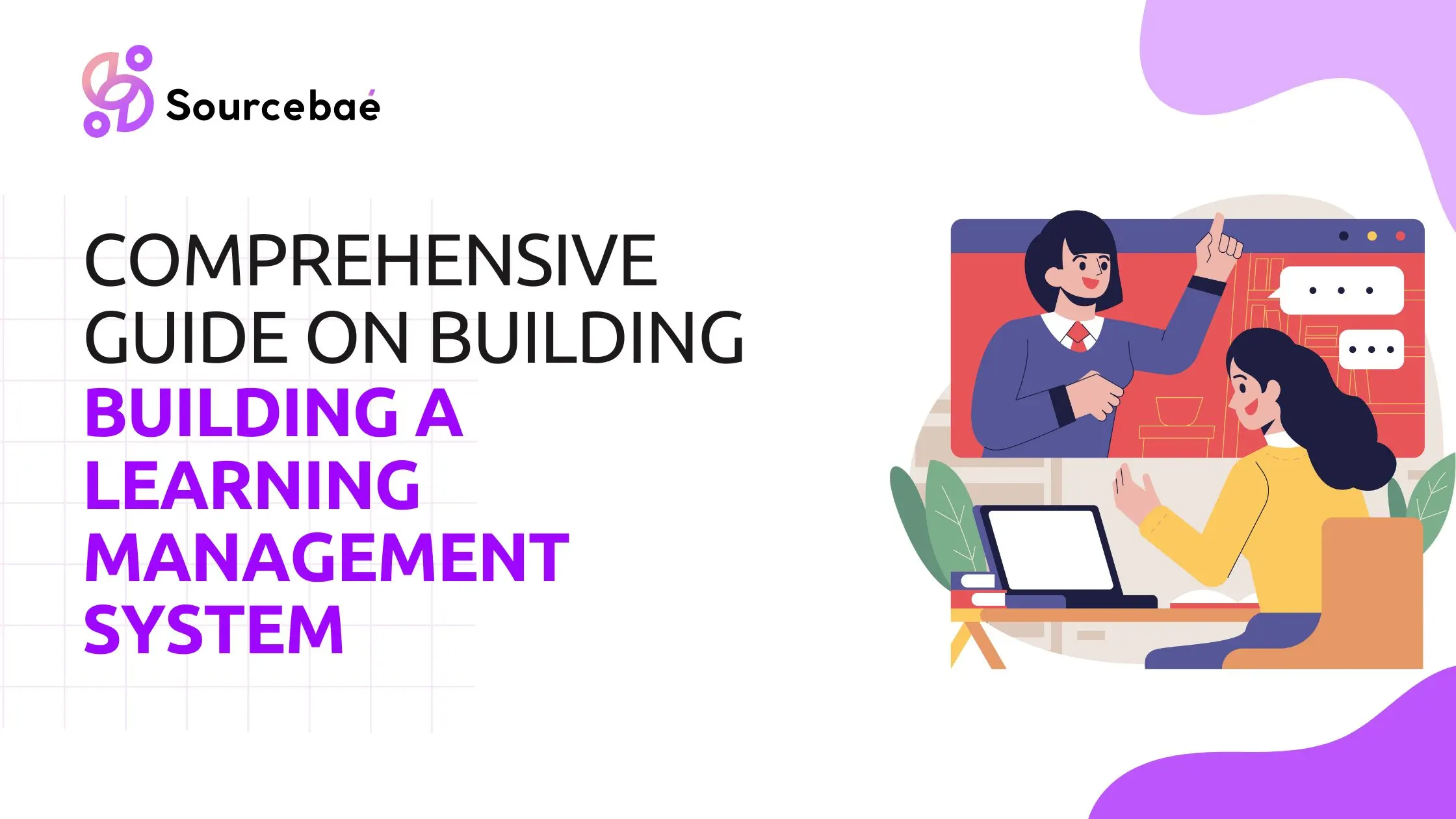In the current era of digitalization, the importance of online education has skyrocketed. With the advent of modern technology, it has become easier than ever to impart education remotely through digital platforms.
A Learning Management System (LMS) is a vital tool that can be used to facilitate e-learning, and it has become a popular choice among educational institutions, organizations, and even individuals.
An LMS is a software application that can be used to manage, deliver, and track online learning programs. It provides a platform for learners to access courses, interact with instructors, and complete assignments. The system can also be used to evaluate the progress of learners and generate reports.
If you are planning to build an LMS, it is essential to understand the requirements and considerations involved in the process. Here is a comprehensive guide on building a Learning Management System.
Comprehensive Guide on Building a Learning Management System.
1. Define the Goals and Objectives
Before beginning the development process, it is important to define the goals and objectives of the LMS. Determine what kind of learning activities the system will support, what features and functionality it should have, and how it will be used.
2. Choose a Platform and Technology Stack
Selecting the right platform and technology stack is crucial for building a robust LMS. Choose a platform that is scalable and can handle a large number of users. Consider factors such as security, data privacy, and compatibility with different devices.
3. Design the User Interface
The user interface (UI) of the LMS should be intuitive, user-friendly, and visually appealing. Design a UI that is easy to navigate and can be customized based on the needs of the learners.
4. Develop the System Architecture
The system architecture of the LMS should be designed in such a way that it is easy to maintain, update, and scale. Ensure that the architecture is flexible and can accommodate future enhancements.
5. Integrate the Required Features
Integrate features such as course management, user management, assessment, and reporting into the LMS. These features should be developed to meet the specific needs of the learners.
6. Test and Deploy
Before deploying the LMS, it is important to thoroughly test the system to identify and fix any issues. Once the testing is complete, deploy the LMS in a phased manner to ensure a smooth transition.
7. Provide Technical Support and Maintenance
Providing technical support and maintenance is critical for the successful operation of the LMS. Develop a support strategy that includes helpdesk support, documentation, and training.
Building an LMS can be a complex and challenging task, but it is a worthwhile investment that can provide numerous benefits. A well-designed and implemented LMS can enhance the learning experience for learners, increase productivity, and improve the efficiency of the educational institution or organization.





